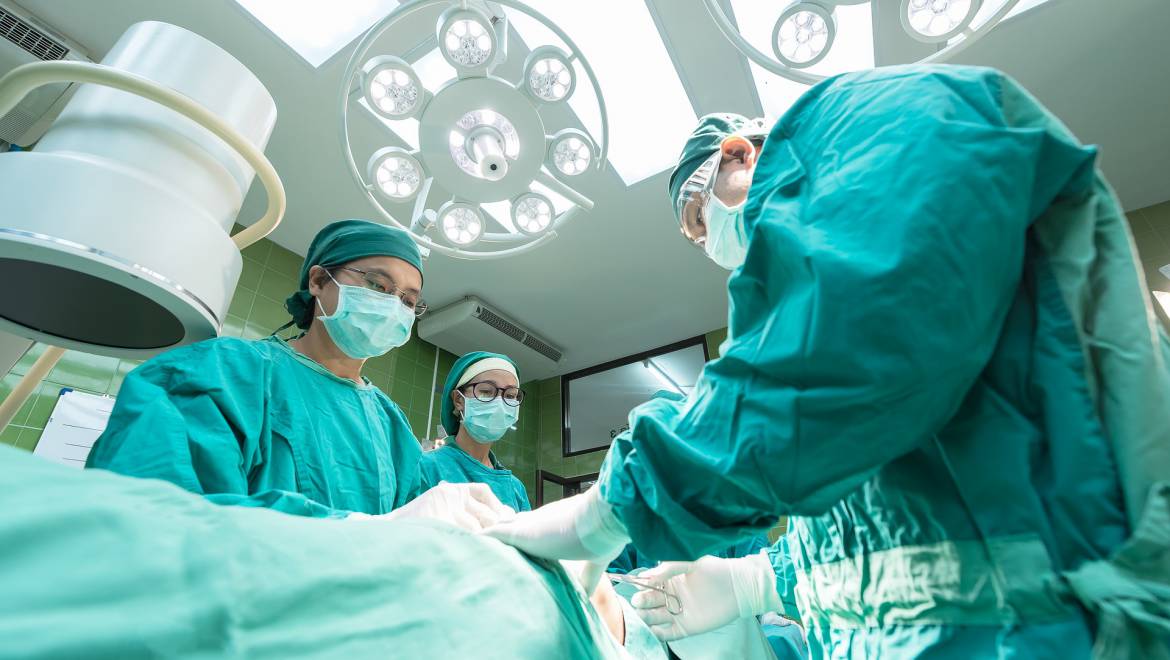Scar tissue restrictions, the hidden dysfunction
It may be difficult to believe that a scar from a childhood accident, a surgery done in the past, or from a major injury can have long-term effects on your physical (and mental) well-being. Truthfully, the importance of scar tissue and its relation to pain, particularly chronic, and movement dysfunction is very often overlooked in the world of rehabilitation.
In therapy, we often prefer to use the umbrella term ‘adhesion’ of the soft tissues, with scar tissue being one specific part of it. Scar tissue and adhesions are recognized as fibrous connective tissue (made up of collagen) that has replaced damaged normal tissue and skin after some injury. Even though scars are the result of a biological healing process, during the remodeling phase, the tissue doesn’t often reorganize in a physiological pattern.
What are the consequences of scar tissue? Firstly, mechanically, not only is scar tissue weaker than normal tissue, but it’s also quite inelastic and around 1000 times more pain-sensitive. These bands of tissue bind to each other and their surroundings therefore when healing is impaired and their movement’s restricted, these tissues begin to lose their lubricating qualities and in other words ‘’dry out’’ and create deeper webs of adhesions. You may imagine an ‘internal anchor’ created, pulling on and restricting structures to move or glide freely around it. Eventually, muscle function can also be affected as the adhesions constrict around nerves, altering their supply to the muscles. From that point on, pain and stiffness in joints and trigger points in muscles appear, along with a change in posture, range of motion, sleeping patterns and so on. Therefore any scar tissue (with the exception of minor cuts) has the potential to affect movement and function anywhere in the body, from a superficial muscle to an organ lying deep in the abdomen.
How do we detect scar tissue restrictions? When we speak of external scarring, three main atypical scar formations exist and these are; 1) keloid scars, which are excessively thick and grow beyond the limit of the wound, 2) hypertrophic (thick) scars, and 3) hypotrophic (thin, sunken) scars. It is valuable to seek therapeutic intervention if any of these are recognized and get advice on how to introduce elasticity back into the scar tissue. Unfortunately, adhesions that lie deep, within fascia for example, can’t be seen by the naked eye or by other diagnostic procedures such as MRI’s so are often missed when searching for a source of chronic pain. Detection of these types of adhesions relies solely on skilled palpation techniques and realizing typical postural compensations which can be done by a trained physiotherapist. A crucial area not to overlook also is the abdomen, as visceral adhesions, from various abdominal/chest surgeries may also result in severe pain syndromes (see Visceral therapy).
Any tissue adhesions must be broken down for complete healing and movement restoration to take place. This allows the tissues the ability to be loaded as they are designed to, without the need to compensate and overload surrounding healthy areas. Manual medicine, physiotherapy, and osteopathy are some of the rehabilitative approaches to treat scars. It has also been proved that psychotherapy also has positive effects on scar healing via relaxation techniques. All these approaches are available at BeBalanced by our qualified team of therapists.
If you suspect you may have scar tissue adhesions and/or associated symptoms such as decreased range of motion, muscle tightness/ weakness, pain/itchiness around a scar, chronic pain syndrome, or simply have any questions regarding this topic, please, do not hesitate to contact us.

